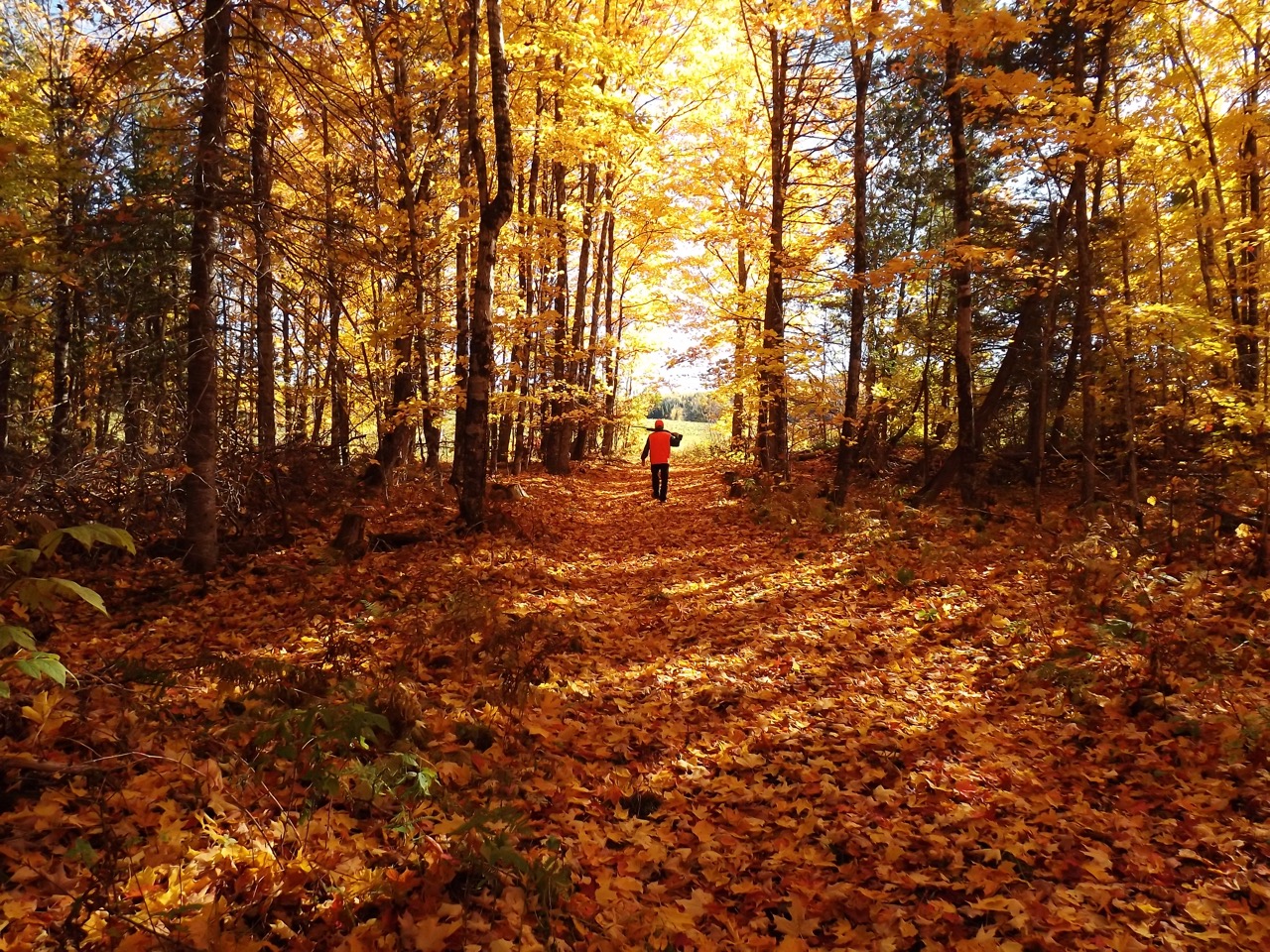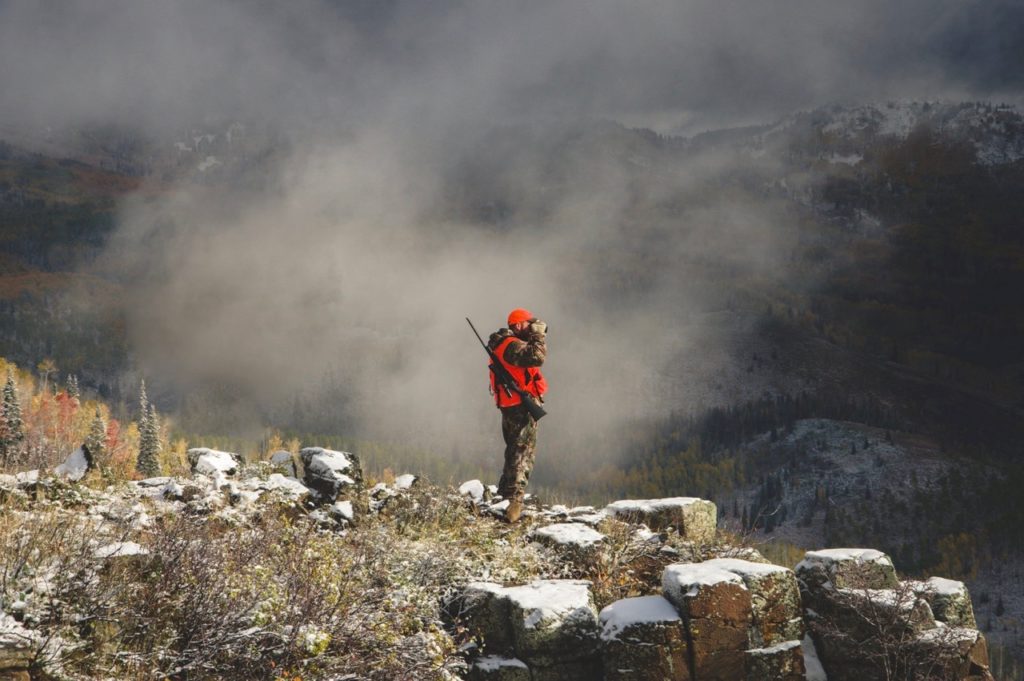Solitary refinement
How it took the COVID-19 pandemic for this hunter to fully explore the upside of heading afield alone
Advertisement
Long before the written word was even invented, humans hunted in family or community groups, which may explain why we still enjoy heading afield with other like-minded people. Back then, they hunted together for myriad reasons, from the effectiveness of group tactics to the need to teach younger generations the ropes. Truly large game was more than most ancient hunters would attempt alone, including here on this continent where bison, bears and other big game were taken during group hunts. Hunting solo was something to be avoided if possible, and if someone was out on the land alone, it was often the result of being banished from the community.
Advertisement
By the time the first Europeans arrived here, hunts in the Old World had become great affairs for both royalty and commoners alike, with dozens and sometimes even hundreds involved. For the wealthy, horses, hawks, hounds and countless retainers all worked with gamekeepers to bring to bag a rich variety of game. In many parts of Europe, the proud traditions of hunt clubs, with their complex mix of ethics, customs and ceremonies, is still very much alive today.
For a time here in the New World, settlers followed the same hunting traditions from their home countries, but things eventually changed. The different quarry and the raw frontier spawned a new sort of hunter—the long walker, explorer and fur trader—who brought a new outlook to game harvesting. In the endless Pays d’en Haut territory of New France, single hunters travelled alone as much for adventure as for game. Equipped with a canoe full of supplies, they would paddle ever deeper into this great lone land, leaving behind little record of their exploits other than brief mentions in First Nations oral histories.
Yes, more famous adventurers such as Samuel Hearne and Jerry Potts often had companions, but they were known to best enjoy the wilds all by themselves. Even the legendary American frontiersman Daniel Boone reputedly revelled in the camaraderie of the campfire, but would also happily wander the backcountry on his own for months.
Advertisement
For the dedicated solo hunter, there remains a desire for true personal independence, a feeling of wild self-reliance
Heading out solo requires more of you, of course, than if you were to slip through the spruces with a companion or two. Alone, you must be more careful of your footing, gauging the terrain ahead and deciding how to traverse it confidently. For the loner, an unguarded step could lead to a sudden slide down a ravine, for example, and the beginning of a rough end.
Being on your own and out of cell-phone range is also unsettling for many people because of today’s constantly connected world. But for the dedicated solo hunter, there remains a desire for true personal independence, a feeling of wild self-reliance. Those who understand that know it can only be achieved through alone time under the open sky, with the forest beyond beckoning.
They also understand that you have to think differently when you’re afield alone, especially when it comes time to take a shot. The distance and terrain you must cover on the way out, as well as the time of day and weather, must all be considered before you squeeze the trigger. When you’ll be alone dressing a carcass, the amount of work you’ll need to do should always be in mind.
On the upside, game react differently to the solitary hunter who is light-footed, many times confused by the cougar-silent creature that has gotten so close. From upland game birds to black bears, they’re all less panicked by the solo walker, making them easier prey—if you so choose.


